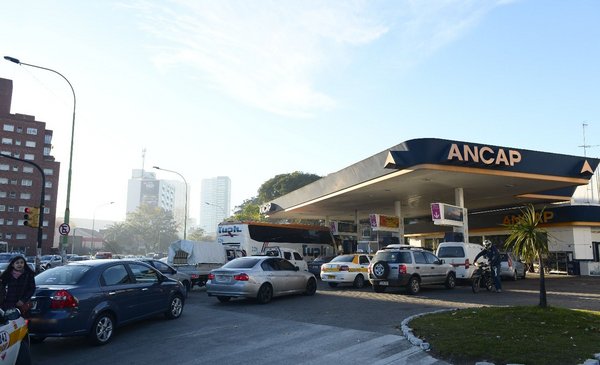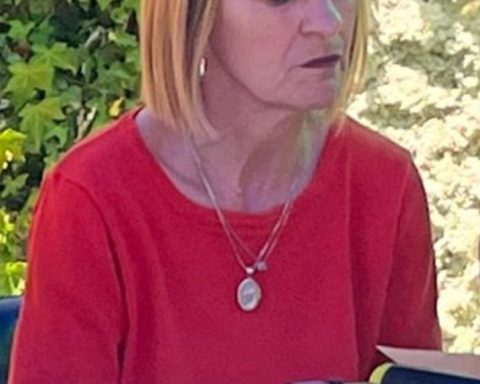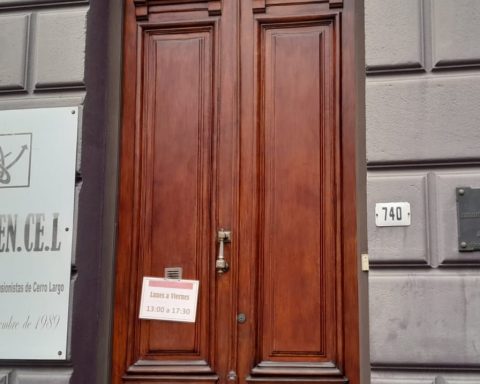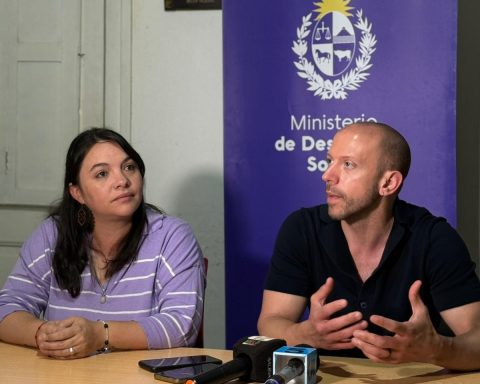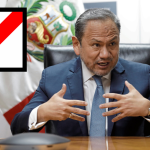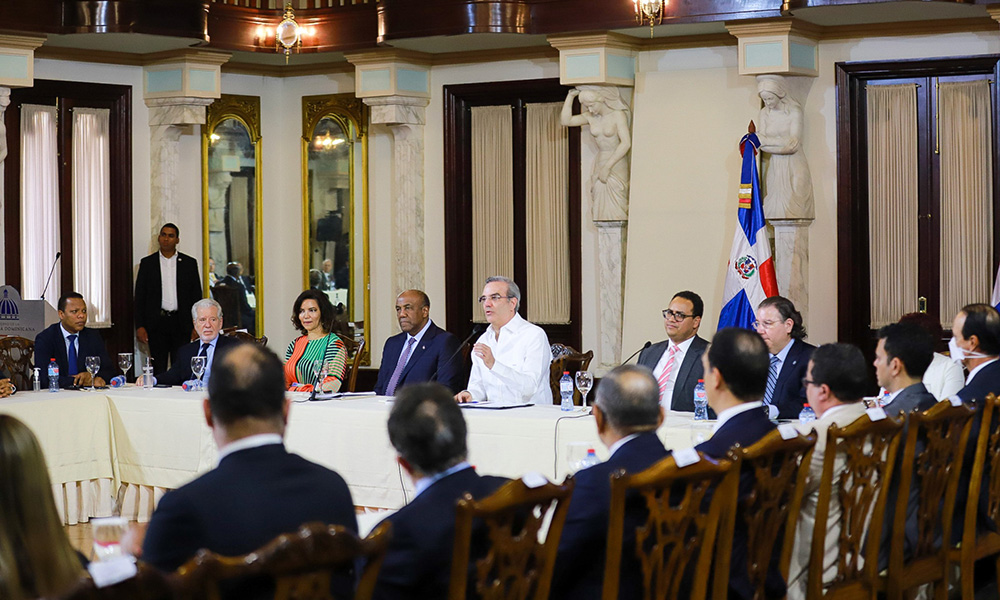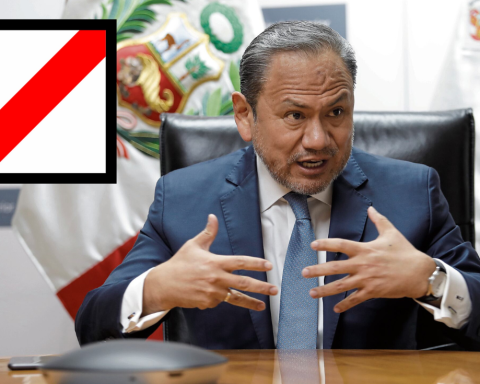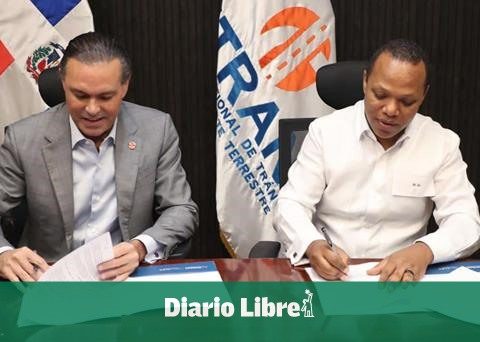That the gasoline from the station that Ancap has with its Ducsa seal on the Rambla de Trouville can be sold at a lower price —than the maximum set by decree by the Executive Branch— weekendsthat the mouth of sale that it has in the zone of the Carrasco Airport can apply the same policy at night or offer cheaper gasoline that the state oil company sells at its self-dispatch station (the first in the country) in the Termas del Arapey. These are some of the commercial proposals that the state oil entity manages to break with the logic of the same price at the pump for the final consumer. This would be just a signal to move the drowsiness of the market, since the entity manages directly —through Ducsa— only 4 stations of the 477 that the country has. In fact, currently It is not illegal for a station to sell below the maximum price set by the Executive.
The fuel chain market in Uruguay is experiencing hectic times and not only because of the new rate hike that (surely) The Executive Power will confirm this Tuesday.
Agents operating in this sector are waiting expectantly for a new deregulated scheme for the operation of the chain that the Regulatory Unit for Energy and Water Services (Ursea) should have applied in January but did not arrive on time. The government agreed to give the regulator a six-month extension, something that also led Ancap to stop its commercial strategy with its own service stations.
In theory, that The new regime of the Ursea should take effect from next July 1 but there are market operators who doubt that this can be implemented in the foreseen times, since The public consultation has not yet been opened for the parties involved to make their objections or observations.
The The Executive Branch urged Ursea to review and develop commercial regulations for activities related to the distribution of liquid fuels and the preparation of a methodology for calculating the corresponding maximum prices.
“Currently, the technical team continues to advance in the drafting of the draft regulation, as new elaborations or adjustments and exchanges are identified. Said preliminary project will be duly submitted for consideration by the Board of Directors,” Ursec reported on its website.
The Observer disclosed a draft prepared by an international consultancyl —contracted by Ursea— with suggestions for changes to the current functioning of the market. One of them was eliminate distance restrictions between service stationswhich today prevents the installation of new stalls and their location according to the needs of the market, which Final consumers who have the facilities (intakes for their own consumption or self-consumption stands) can purchase liquid fuels directly from wholesale distributors (today Ducsa, Axion and Disa), or that those that are classified as large users or large consumers, have the option of being able to purchase fuels directly at the dispatch plants without having to resort to the intermediation of service stations or distributors.
Expert proposes changes
The economist and expert on competition issues Sebastían Fleites considers that the fuel system in Uruguay it requires changes to gain efficiency and questions some logics that currently prevail.
“Service stations represent a market where there are signs that suggest the possibility of generating efficiency gains and cost improvements through greater intensity of competition,” he says. Broadly speaking, this is how you can summarize an article that Flietas wrote on the blog Reasons and People. The specialist – who has a doctorate in Arizoa and is a professor at the Catholic University of Leuven (Belgium) – maintains that many times the debate is centralized in the management of Ancap and leaves aside another fundamental leg of the fuel business in Uruguay : distribution and marketing.
In other comments, the expert considers that the point of view of economic theory “it is very unlikely that the stations independently set the same price.” This is because “there is heterogeneity” between stations, both in terms of cost structure and product differentiation, but in practice all stations decide to set the maximum that the standard enables in the assortment and sell below that threshold, except in exceptional cases. in the case of diesel, where large consumers obtain discounts.
Fleitas gave as an example that by lowering the cost of fuel by $1 or $2 due to efficiency, it may “sound like little for the price of fuel.” However, Uruguay consumes approximately 140 million liters per month between gasoline and diesel. “If we drop $1 per liter ($2), we have a savings of US$40 million (US$80 million) a year,” Fleitas wrote on his Twitter account.
The president of the Union of Nafta Sellers (Unvenu), Daniel Añón, He picked up the glove and responded to Fleitas on his Twitter account. “The problem to lower the price is not in the distribution. Please look at the composition of it and it’s easy to tell. I always say the same thing: not even $1 can lower a station. And $1 would not change anything for the user”, considered the stationer. Añón put the impact that lowering $1 a liter of fuel would have for his own station. With a sale of some 200,000 liters per month, this would imply giving up $200,000, he indicated. To that, it would be necessary to add the $140,000 for card fees and $222,000 for rent. “I have two options: either I close or I remove the employees. And the same thing happens to those who sell 500,000 liters,” said Añón.
In the Unvenu fear that this market liberalization policy will end in a war and market cannibalization and where the distribution labels (Ducsa, Axion and Disa) would be in a stronger position to have differential price policies in their own stations. In the union that groups the stationers consider that a limited group around 30 (by your sales volume) would be in a position today to sell below the maximum price authorized by the Executive Powerthe rest (medium and small) would be left in a difficult position to compete.
Añón considers that a vertical integration of the distribution and marketing chain is “immoral and an abuse of a dominant position. Here with a maximum price we have to stay the same”, he stated.
A committee of experts appointed by the government shortly after taking office to carry out a comprehensive review of the fuel market suggested move towards a new distribution model in a maximum of three years, with a focus on competition between stations. He also suggested that large consumers be able to supply themselves in bulk directly from distributors, that stations be able to change their seal or that there may be an authorization for white-label stations (proper name of the station), or that distributors may have a greater percentage of stations under own management with a limit of 10% (about 47 outlets). Today the three seals (Ducsa, Axión and Disa) do not reach ten of their own stations.
In Uruguay there are 477 service stations, of which 288 (60% of the total) operated under the seal of the Ancap subsidiary (Ducsa), 101 by Axion and 88 by Disa.
In stage 3 and the end of the process of change in the functioning of the fuel market in Uruguay, the government intends that no intermediate or maximum prices be set (free market), and leaves open the power so that the regulator (Ursea) can set with a “supervised freedom” scheme to avoid abuses of power ex ante. The only price that would be set at that stage is the Import Parity Price (PPI) at Ancap’s primary distribution plant.
Are there few stations in Uruguay?
According to information handled by Unvenu, Uruguay has a ratio of service stations per inhabitant well below the average for Latin America.
The average for the entire region is 10,329 inhabitants per service station. The one with the highest ratio is Paraguay (3,677), followed by Brazil (5,282) and Uruguay (7,143). At the other extreme, in Bolivia there is one fuel outlet for every 23,275 inhabitants, in Ecuador 14,463, Costa Rica 13,033 and in Chile one station for every 10,841 inhabitants.
How much fuel does a station in Uruguay sell on average?
The monthly average of liters sold by a station in Uruguay is about 320 thousand liters per month, according to data from the Latin American Commission of Fuel Entrepreneurs (Claec).
With this ratio Uruguay is in fourth place behind Paraguay (150 thousand liters), Brazil (190 thousand liters) and Colombia (210 thousand liters). Meanwhile, Bolivia (900,000 liters), Ecuador (540,000 liters) and Costa Rica (500,000 liters) are located at the end of the highest sales per service station on average.
